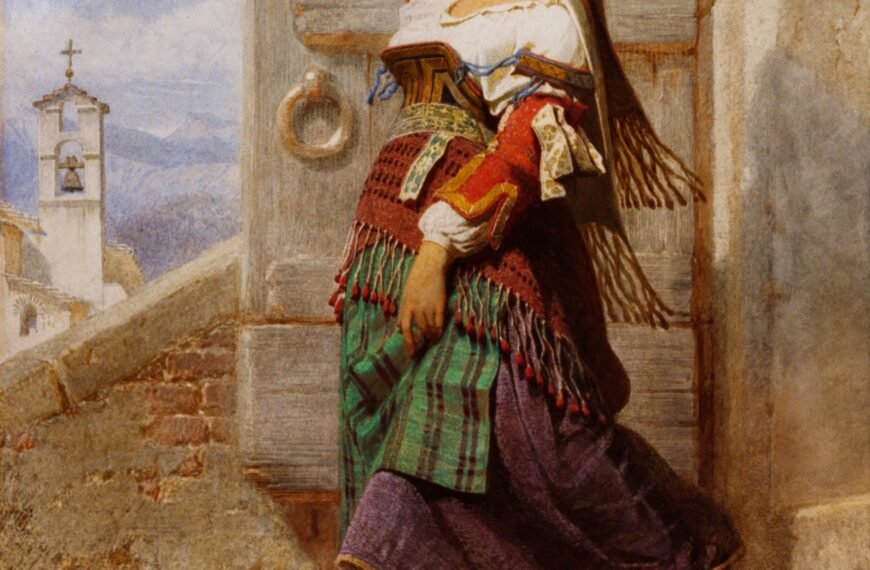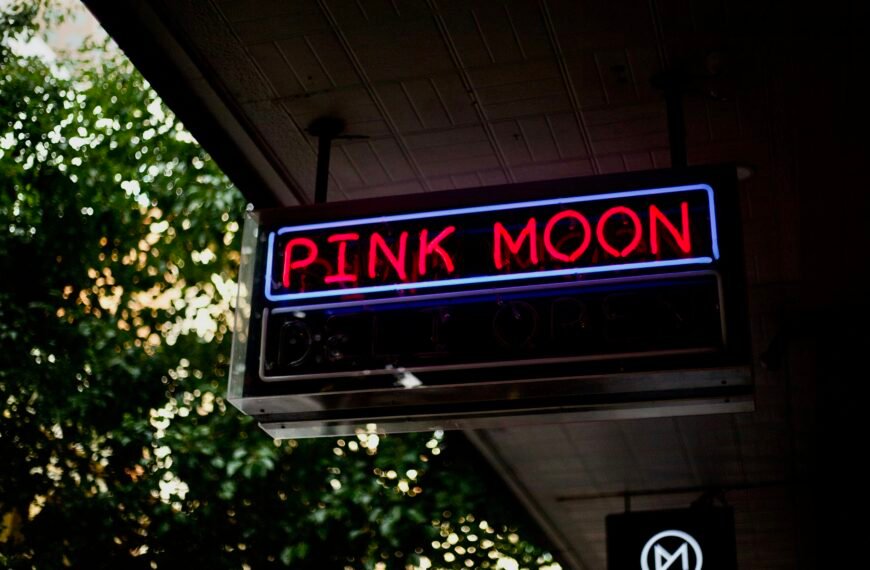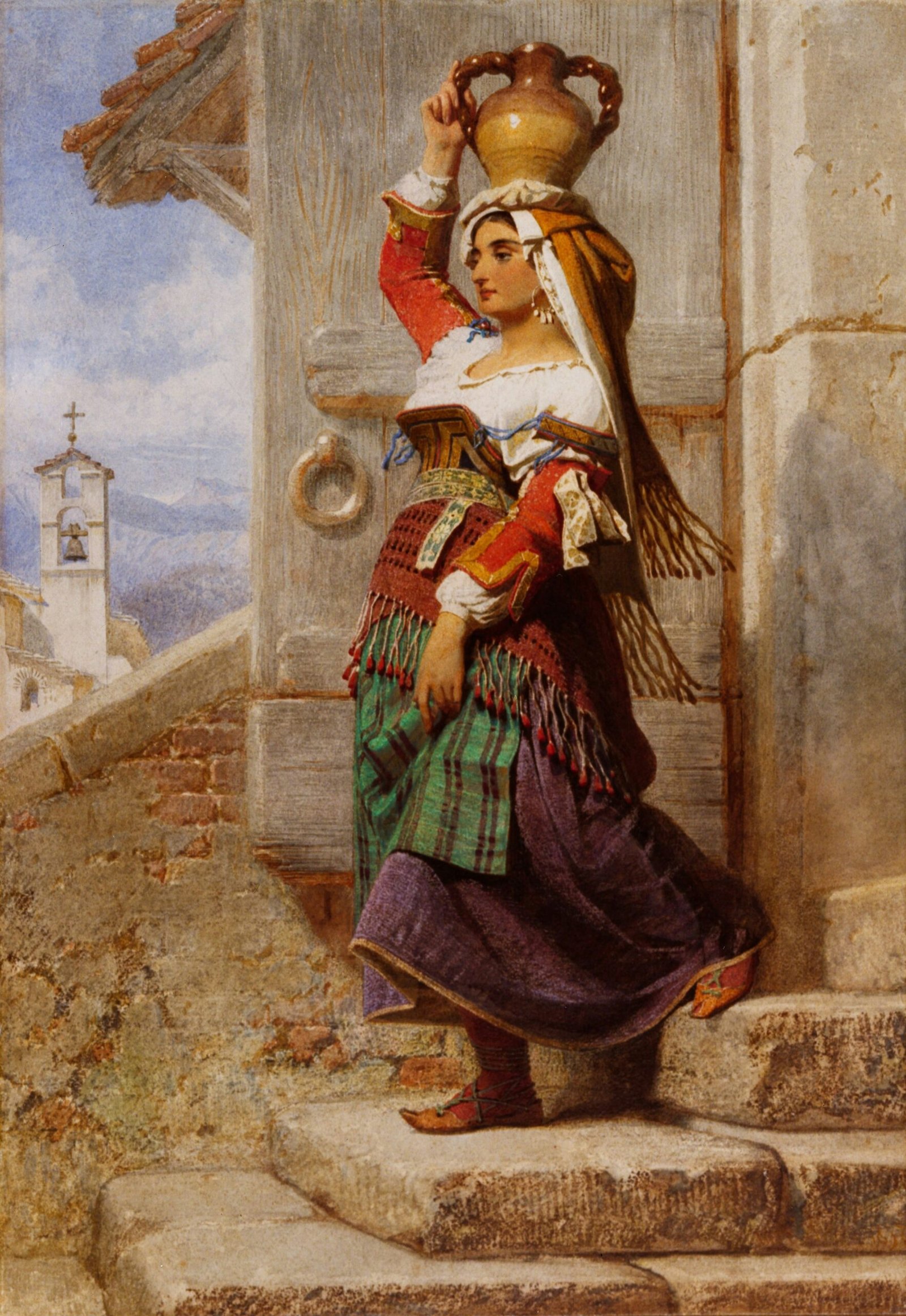In a captivating twist on Martin Scorsese’s iconic 1976 film “Taxi Driver,” artist Arthur Jafa has put his own unique spin on the climactic ending. Jafa, known for his work in cinematography as well as various other mediums, has recast the pivotal scene with Black actors, addressing what he perceives as racial undertones in the original movie. Jafa’s film, titled “******” or “Redacted,” reimagines the violent climax multiple times, each version delving deeper into the racist animus supposedly underlying the main character’s rage. This thought-provoking remake challenges the traditional narrative and highlights the importance of representation in cinema.
Arthur Jafa’s Career in Filmmaking
Arthur Jafa is a highly acclaimed filmmaker known for his groundbreaking work in exploring racial and cultural themes. His career in filmmaking began with collaborations with notable directors Julie Dash and Spike Lee, which laid the foundation for his artistic vision and storytelling style.
Jafa first gained recognition for his cinematography work on the film “Daughters of the Dust” (1991), directed by Julie Dash. The film, which focused on the experiences of Gullah women in South Carolina, showcased Jafa’s ability to capture the beauty and complexity of African American culture through his lens.
Jafa continued to collaborate with Spike Lee on the film “Crooklyn” (1994), a semi-autobiographical story set in 1970s Brooklyn. His cinematography in this film contributed to its nostalgic and vibrant portrayal of the time period, earning critical acclaim and further solidifying Jafa’s reputation as a skilled filmmaker.
This early work with Dash and Lee laid the groundwork for Jafa’s exploration of racial themes and storytelling techniques. His unique perspective and visual style set him apart in the world of filmmaking, leading to his recognition in the art world.
In recent years, Jafa’s work has gained significant recognition in the art world. His installation piece “Love is The Message, The Message is Death” (2016) received widespread acclaim for its powerful exploration of Black identity and the African American experience. Combining found footage and iconic imagery, Jafa created a visceral and emotional experience for viewers, sparking conversations about race and representation.
Jafa’s success continued with his exhibition at the 2019 Venice Biennale, where he was awarded the prestigious Golden Lion. His installation “The White Album” showcased Jafa’s ability to combine video footage and collage to create a compelling narrative on race, power, and privilege.
Throughout his career, Jafa has explored various mediums, pushing the boundaries of traditional filmmaking. His experimentation with sculpture, installation, and even painting reflects his commitment to challenging artistic conventions and expanding the possibilities of storytelling.

Overview of Arthur Jafa’s Newest Film
Jafa’s newest film, which is set to debut at the Gladstone Gallery in Chelsea, takes a bold and thought-provoking approach to reimagining the climactic ending of Martin Scorsese’s classic film “Taxi Driver” (1976). Jafa, known for his exploration of racial themes, saw an opportunity to examine the racial undertones present in the original film and make changes that align more with his artistic vision.
In the original ending of “Taxi Driver,” the main character Travis Bickle, portrayed by Robert De Niro, embarks on a violent rampage in a brothel to save a young prostitute played by Jodie Foster. Jafa’s remake, titled “******” or “Redacted,” replaces all the characters in the climactic scene with Black actors, with the exception of De Niro and Foster.
By introducing Black actors into the narrative, Jafa aims to bring attention to the racial dynamics and inherent biases present in the original film. Through slight but crucial variations in each repetition of the recut climax, Jafa highlights the racist animus that underlies Bickle’s intense anger and violence.
The decisions made by Jafa in the remake reflect his commitment to addressing racial representation and exposing the underlying racism present in classic films. By reframing the climax of “Taxi Driver,” Jafa aims to spark conversations about race, power, and violence in contemporary society.
Racial Undertones in Martin Scorsese’s ‘Taxi Driver’
The original version of “Taxi Driver” featured a predominantly white cast, which Jafa felt did not accurately reflect the racial dynamics of the time. After discovering that the film’s screenwriter, Paul Schrader, originally intended the character of Sport, Iris’s pimp, to be African American, Jafa made the decision to introduce Black actors to restore the film’s original vision.
This choice challenges the viewer’s understanding of the characters and their motivations, revealing the racial undertones and stereotypes that are often perpetuated in mainstream cinema. Jafa’s remake highlights the insidious ways in which racism seeps into storytelling and shapes our perceptions of characters and their actions.
Jafa’s decision to recast the climax of “Taxi Driver” was met with both criticism and approval from industry professionals. Quentin Tarantino, in his book “Cinema Speculation,” criticized the original decision to make Sport a white character and praised Jafa’s efforts to rectify this representation. On the other hand, Paul Schrader himself expressed approval of Jafa’s decision, acknowledging that the change aligned with his original vision for the character.
The inclusion of Black actors in the climax of “Taxi Driver” brings important themes of race and representation to the forefront, encouraging a reevaluation of how racial dynamics are portrayed in film.

Technical and Conceptual Excellence of the Remake
Jafa’s remake of the climax in “Taxi Driver” showcases both technical and conceptual brilliance. Through repetitions with slight variations, Jafa creates a mesmerizing and thought-provoking experience for viewers. Each iteration of the recut climax exposes different aspects of the racial tensions and underlying racism present in the original film.
The impact of the recut climax lies in its ability to challenge the viewer’s assumptions and prejudices. By introducing Black actors and altering the dynamics of the scene, Jafa forces the audience to confront the racist attitudes that were normalized in the original film. The repetition of the scene with these changes highlights the subtle but significant ways in which race shapes our understanding of characters and their actions.
Jafa’s use of voiceovers in the remake further adds to the film’s impact and depth. The voices of the actors, skillfully rerecorded, contribute to the overall narrative and enhance the emotional resonance of the scene. The role of voiceovers in the film underscores Jafa’s mastery of storytelling and his ability to immerse the audience in a complex and nuanced exploration of racial dynamics.
Controversy and Public Reception
The remake of the climax in “Taxi Driver” generated significant controversy and varying reactions from the public. One notable element of the controversy is the silence of Martin Scorsese, the director of the original film, in response to Jafa’s remake. Scorsese’s lack of comment has been interpreted by some as an acknowledgment of the flaws in the original film and an acceptance of Jafa’s creative vision.
Audience reactions to the remake have been mixed, with some praising Jafa’s boldness and artistic choices, while others criticize the film for its departure from the original narrative. The remake has sparked important conversations about race, representation, and the power dynamics that shape storytelling in the film industry.
Film critics have also weighed in on Jafa’s remake, offering a range of perspectives on its artistic merit and cultural significance. Some critics commend Jafa for his ability to expose the racial biases present in the original film and for his technical and conceptual excellence. Others question the necessity of altering a classic film and express concerns about the potential erasure of the original director’s intent.
In the midst of controversy, Jafa’s remake has served as a catalyst for discussions about the role of race in filmmaking and the importance of recognizing and addressing racial bias in the industry.

The Importance of Restoring the Original Vision
Jafa’s decision to reintroduce Black actors into the climax of “Taxi Driver” carries significant cultural and historical significance. By restoring the original vision for the characters, Jafa challenges the erasure of Black experiences and voices in mainstream cinema.
The remake serves as a powerful statement on racial representation and the need for diverse narratives in filmmaking. By placing Black actors at the center of the climax, Jafa asserts the importance of telling stories that reflect the diverse realities of contemporary society and challenge prevailing stereotypes.
Moreover, the remake of “Taxi Driver” avoids perpetuating offensive portrayals and harmful stereotypes often associated with Black characters. Jafa’s reimagining of the climax ensures that the narrative maintains artistic integrity while addressing problematic racial dynamics in the original film.
The restoration of the original vision in Jafa’s remake creates an opportunity for reflection and dialogue on the historical and cultural significance of films and the responsibility of filmmakers to accurately represent diverse experiences.
Impact on Future Filmmaking
Jafa’s remake of the climax in “Taxi Driver” has a profound impact on the future of filmmaking. The film has inspired conversations and debates about race, representation, and power dynamics within the industry.
One significant impact of the remake is its role in encouraging diversity in casting. By deliberately choosing Black actors to fill the roles in the climax, Jafa challenges the industry’s tendency to default to predominantly white casts. The remake serves as a powerful example of the importance of representation and the need for inclusion in all aspects of filmmaking.
The film also prompts a reevaluation of classic films and their portrayals of race and power. Jafa’s remake invites viewers to critically examine the narratives presented in iconic films, encouraging a deeper understanding of the racial dynamics that shape storytelling.
In addition, the remake serves as an inspiration for aspiring filmmakers to push the boundaries of conventional storytelling and embrace new perspectives. Jafa’s innovative approach to filmmaking challenges established norms and opens up avenues for creative exploration and social commentary.
Interview with Arthur Jafa
In an exclusive interview, Arthur Jafa discusses his motivations behind the remake of the climax in “Taxi Driver,” his artistic choices and challenges, and his collaboration with the new cast. Jafa sheds light on the creative process behind the film and provides insights into the reception he has received from colleagues and industry professionals.
Jafa’s motivations for the remake stem from his commitment to addressing racial biases in film and his desire to explore the complexities of race and power. Through his artistic choices and challenges, Jafa highlights the importance of pushing boundaries and challenging established norms in filmmaking.
The collaboration with the new cast allows Jafa to bring his vision to life and showcase the talent and diversity of Black actors. Jafa emphasizes the importance of creating an inclusive and supportive environment for the cast to excel and contribute to the overall impact of the film.
Reception from colleagues and industry professionals has been varied, with some expressing admiration for Jafa’s boldness and others questioning the necessity of remaking a classic film. Jafa’s interview offers valuable insights into the complexities and nuances of the creative process and the challenges faced by filmmakers exploring sensitive and controversial topics.
Conclusion
Arthur Jafa’s remake of the climax in “Taxi Driver” represents a significant milestone in his career as a filmmaker. The success of the film lies in its ability to challenge established norms and bring attention to racial dynamics and biases present in mainstream cinema.
Jafa’s exploration of racial themes, technical and conceptual excellence, and commitment to addressing representation in film have earned him recognition and acclaim. His bold artistic choices and thought-provoking storytelling have inspired conversations and debates about race, power, and the importance of recognizing flaws in film classics.
As Jafa’s influence continues to grow, his impact on future filmmaking becomes increasingly apparent. His work serves as a catalyst for change, encouraging filmmakers to embrace diversity, challenge established norms, and reevaluate the narratives presented in classic films.
Arthur Jafa’s career in filmmaking has been marked by innovation, creativity, and a commitment to addressing racial issues and representation. His contributions to the art world and the film industry make him a pivotal figure in shaping the future of storytelling and elevating marginalized voices.







